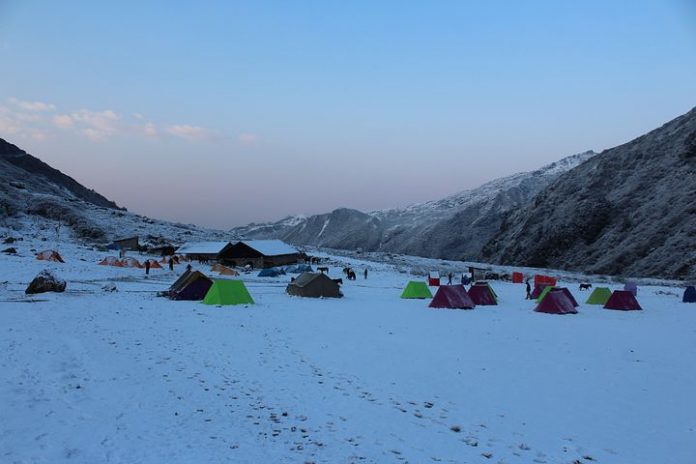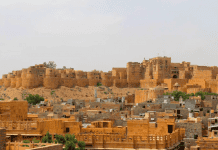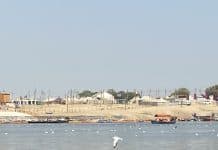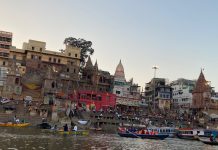Sikkim, perched in the northeast of India, is the land of the highest peak in the country. Mount Kanchenjunga, well-known for its mesmerizing scenic magnificence, snow, and Sikkim’s mountain views with rare varieties of flora and fauna are truly incredible. Stand almost anywhere in the erstwhile Kingdom of Sikkim and you look up to Kanchenjunga, the House of Five Treasures. It is omnipresent, towering over everyone, safeguarding and formidable at the same time.

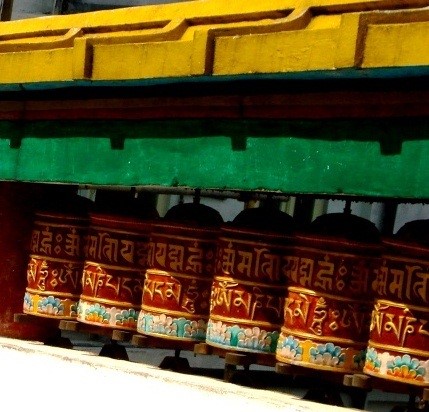
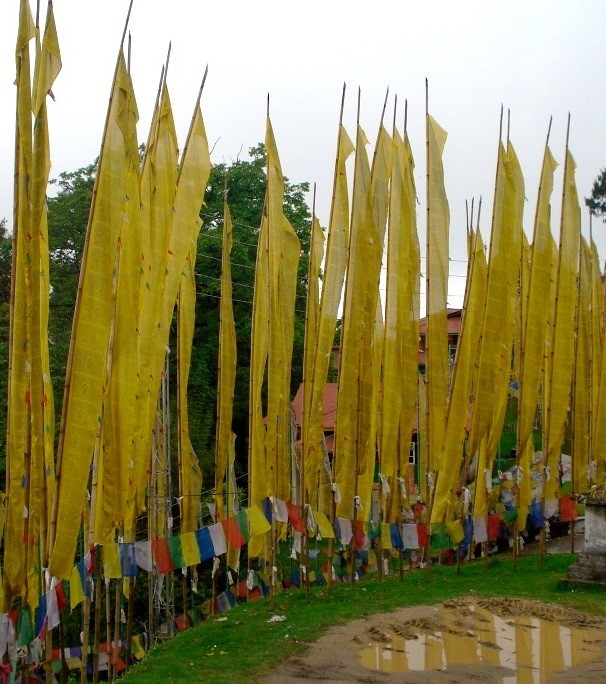
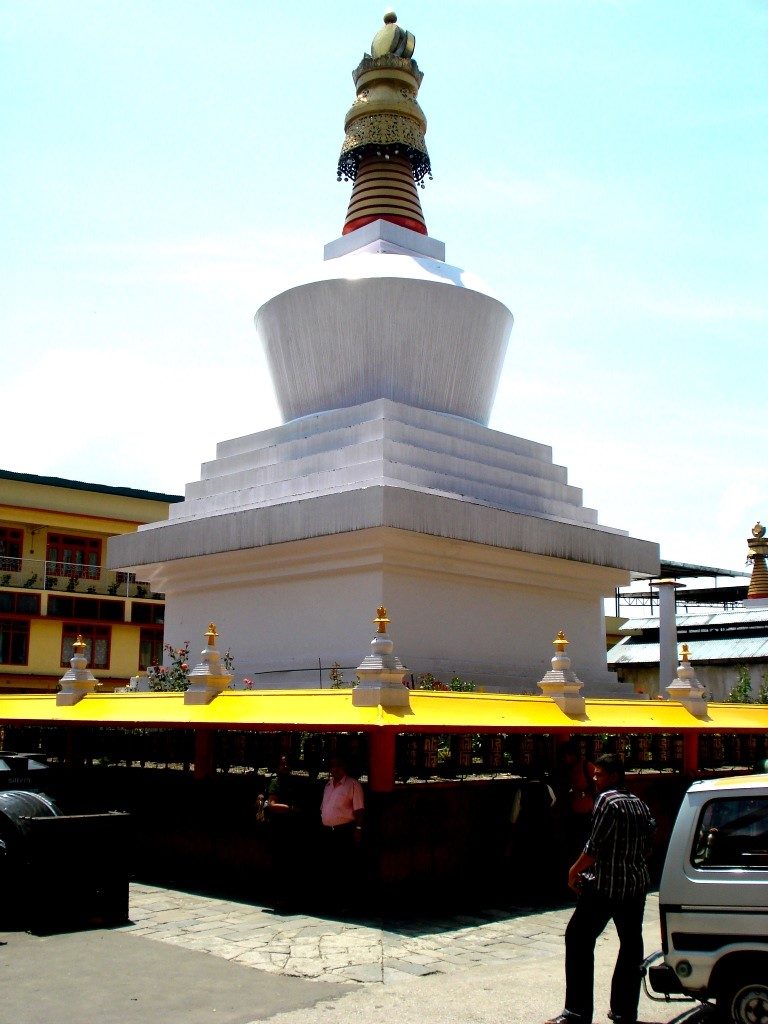
Do-Drul Chorten stupa, prayer wheels, prayer flags, Tsomgo Lake and monks in scarlet robes make for vibrant sights at every block.
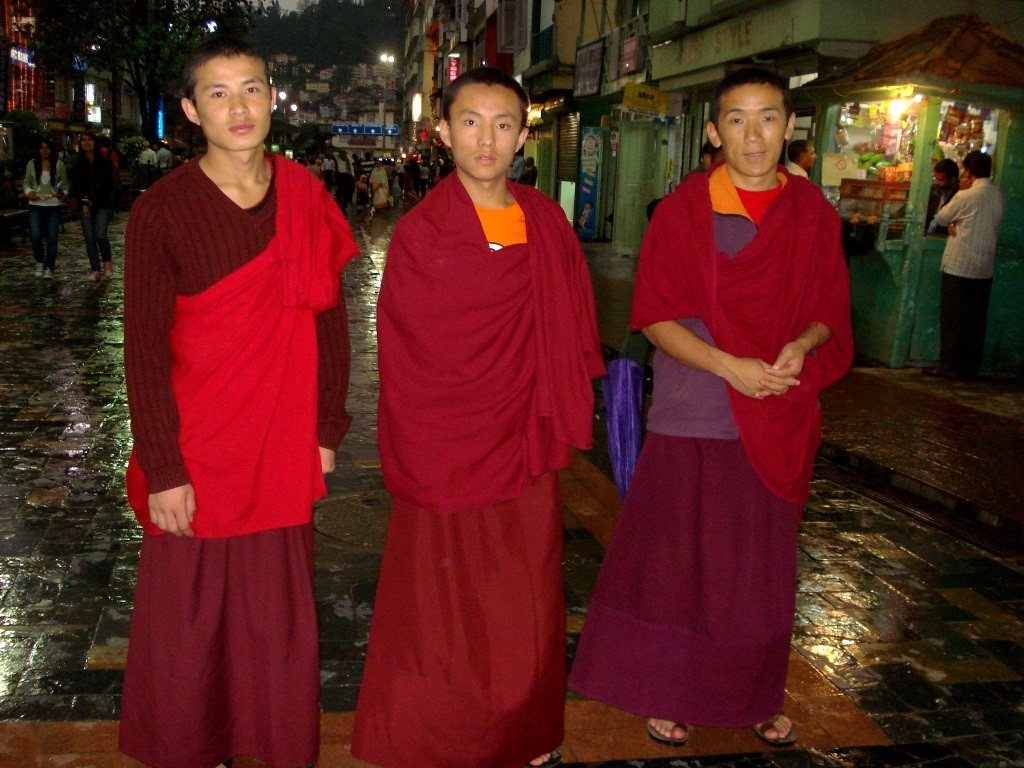
Flowers in prime bloom can be spotted as you cross through any region in this gorgeous state. And in very few places will you find such robust, smiling and warm people who are something of both the mountain and the flowers.
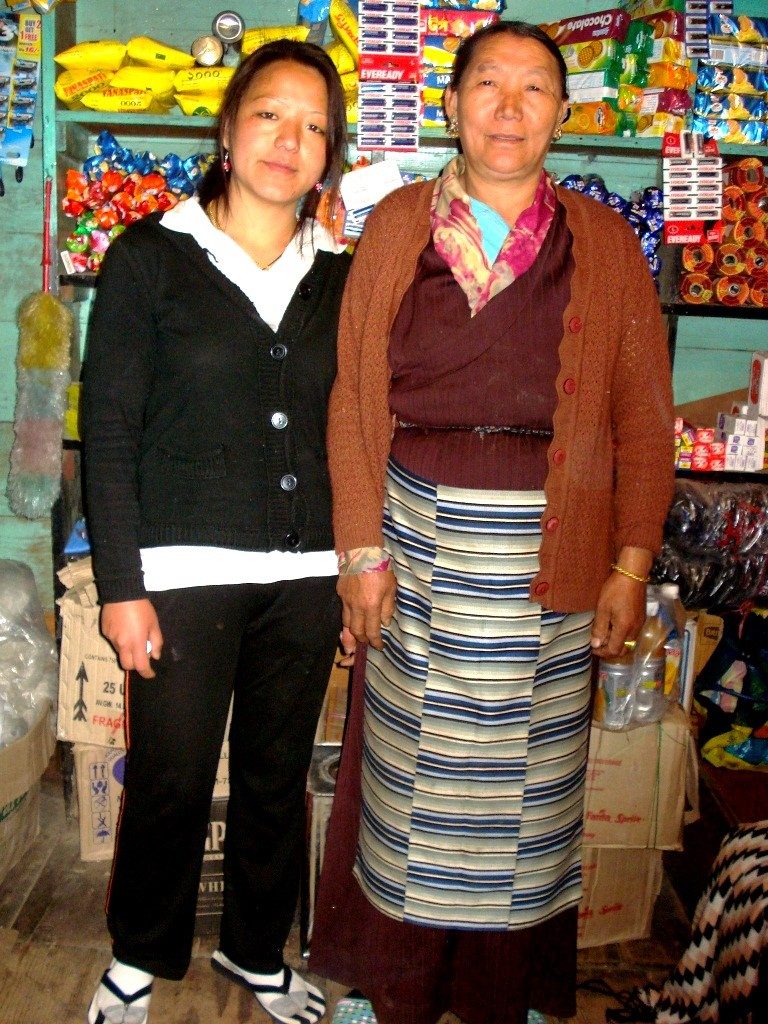
Gangtok, the capital of Sikkim is an eclectic mix of trendy restaurants, brightly painted pagoda-roofed houses, friendly people, and lamas with prayer wheels invoking the Gods to the valley. It is always brimming with activity and has an air of enchantment.
The drive from Gangtok to Rumtek Monastery (22 kms away) is captivating as you crisscross hairpin bends that bring you enthralling views of Sikkim’s remarkable mountains, on the one hand, and the laid-back countryside life of the state, on the other.
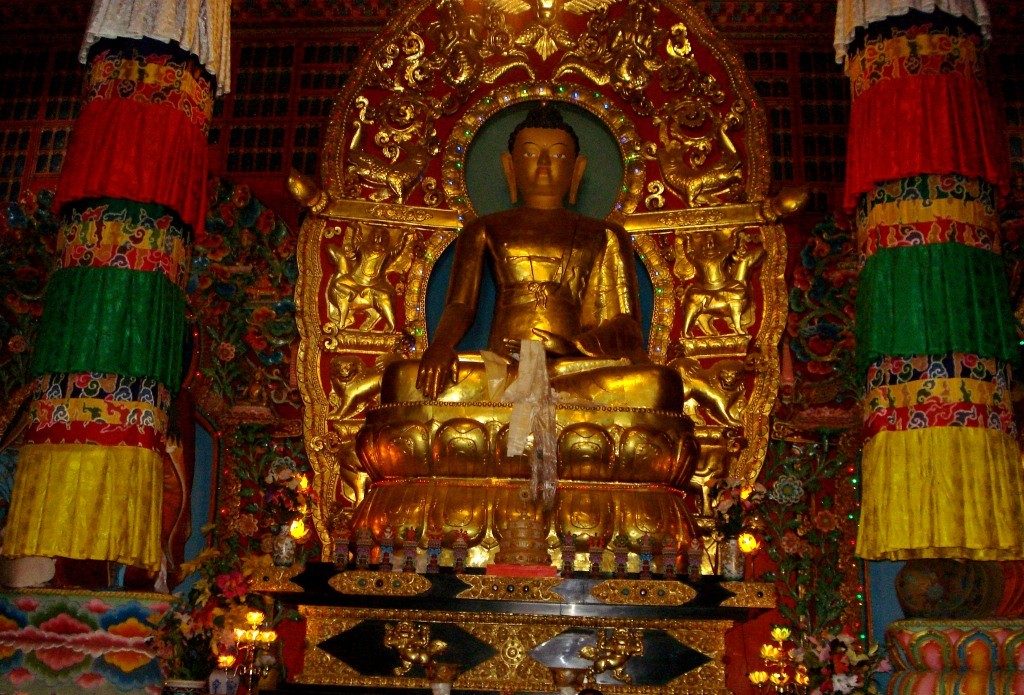
Rumtek is the largest and the most beautiful monastery in Sikkim and happens to be the seat of the Karmapa Lama.
Pelling, situated at an altitude of 6,800 ft, offers a good view of entire mountain range. Due to its vantage location, many hotels and lodges have mushroomed in and around Pelling, offering different categories of accommodation facilities. Tourist influx is quite large here.
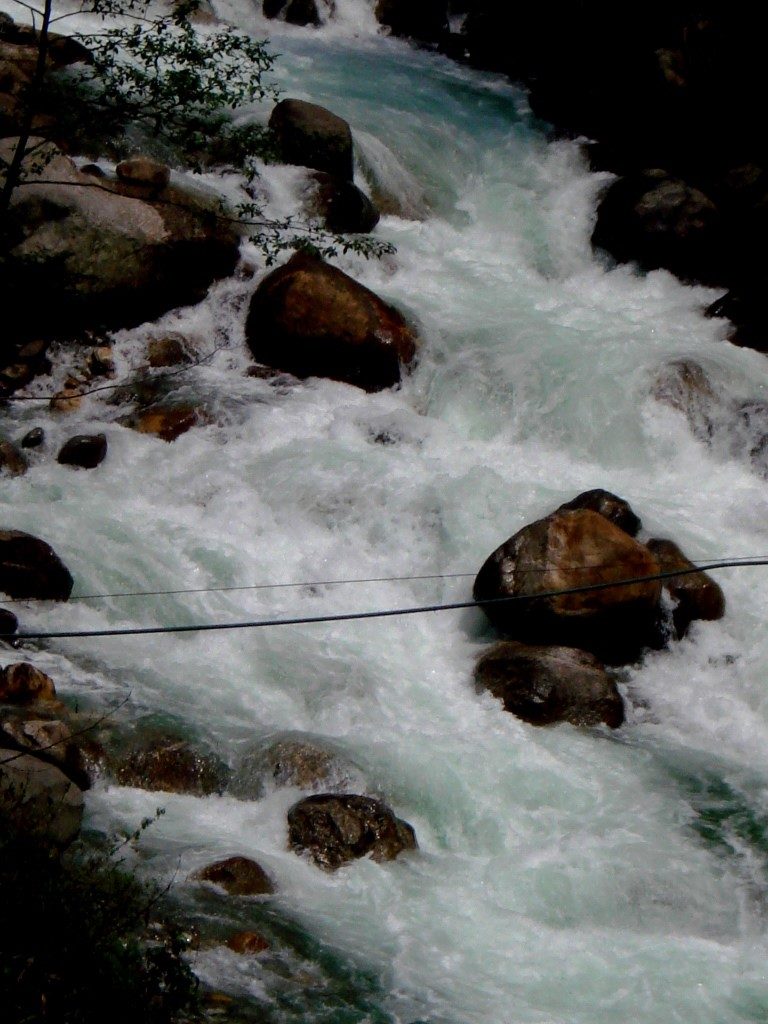
Chungthang, on the confluence of rivers Lachen and Lachung Chu and the starting point of river Teesta, is a major sub-division settlement in North Sikkim. The valley is believed to have been blessed by Guru Rimpoche and the Holy Guru Lhedo is worth a visit to see the foot and palm imprint left behind by the patron saint.
As we drove northwards from Mangan, the headquarters of the northern district of Sikkim, along an excellent winding road hugging the steep forested hill sides, the snow-covered ranges welcomed us by unfolding at every corner, a new vista. We saw the first misty form of Mt. Kanchenjunga the moment we turned a corner and entered the village of Singik. A filmy shawl of blue haze covered her from her feet deep in the valley right to her lofty head in the blue sky. I waited for the golden rays of the first sun to catch Kanchenjunga unveil her splendor. She read my thoughts and herself shooed the clouds away, if only for a short while. Euphoric, I moved on clasping the fascinating vision in my entire being. The air was crisp and fresh with the whiff of pines.
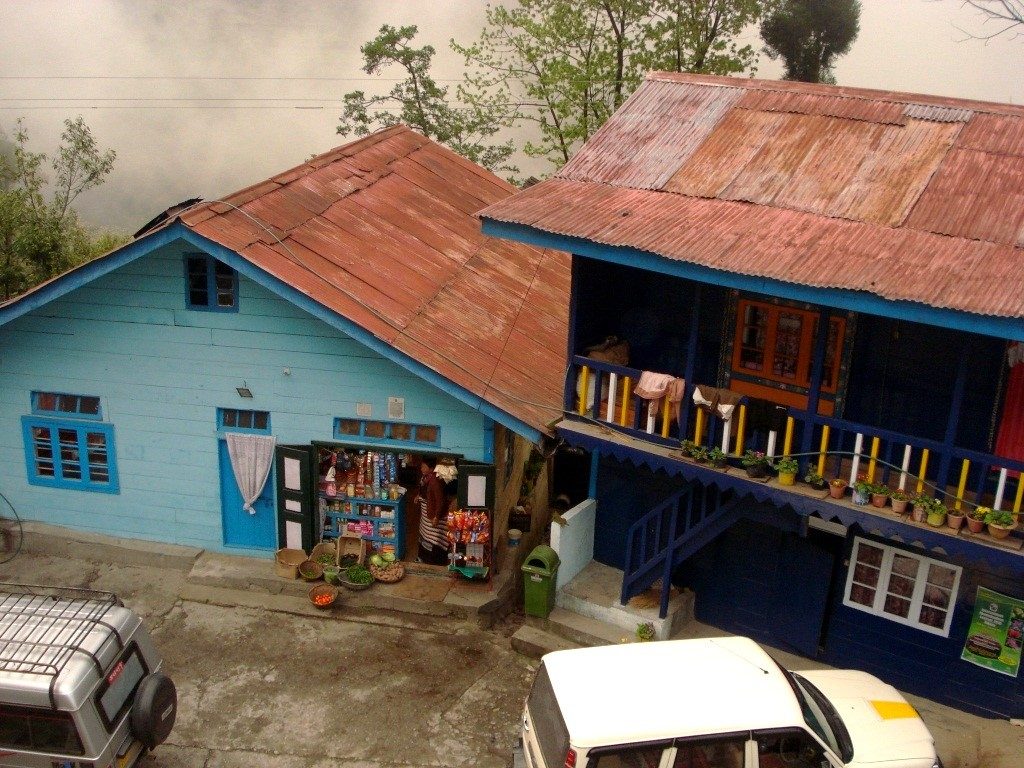
The villages here are typical with a few colorfully painted wooden houses with corrugated, galvanized sheet-iron roofs, a few grocery shops while the rest of the houses are lodged along the hill side, both above and below the road.
The road from Chungthang toward Lachung took us into another world. The Lachungpas, a hardy mountain people, who are different from the Bhutias and the Tibetans, inhabit this region.
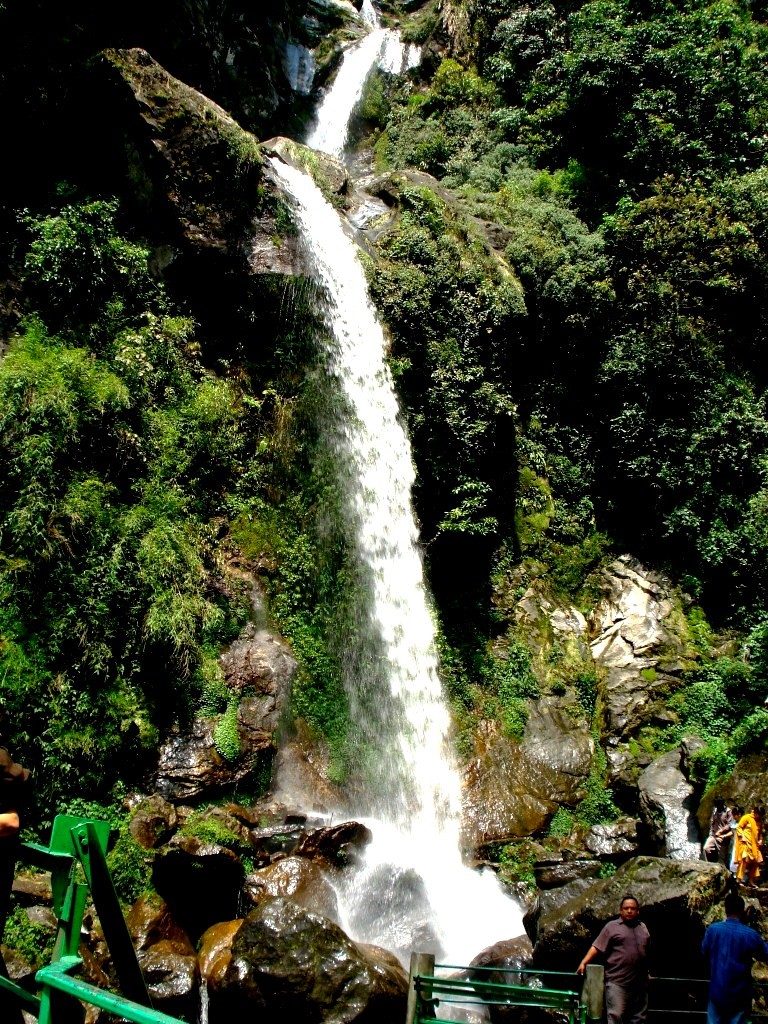
Two spectacular waterfalls greeted us further up the road. Beyond Lachung, one cannot spot any dwelling on the winding road to Yumthang. A monastery perched on the hillside overlooks a cluster of Lachungpas and battalions of the Indian army. In the distance, I could see the marks of a trajectory formerly used by merchants to cross over from Tibet with their mules loaded with Chinese silk. Shortly before Yumthang, we saw a small wooden bridge across river Lachung that houses a hot spring and people bathed in the thermal waters in the seclusion of the shacks. One can shop for vibrant scrolls of Thangka paintings, tribal jewelry, shawls and Sikkim tea.

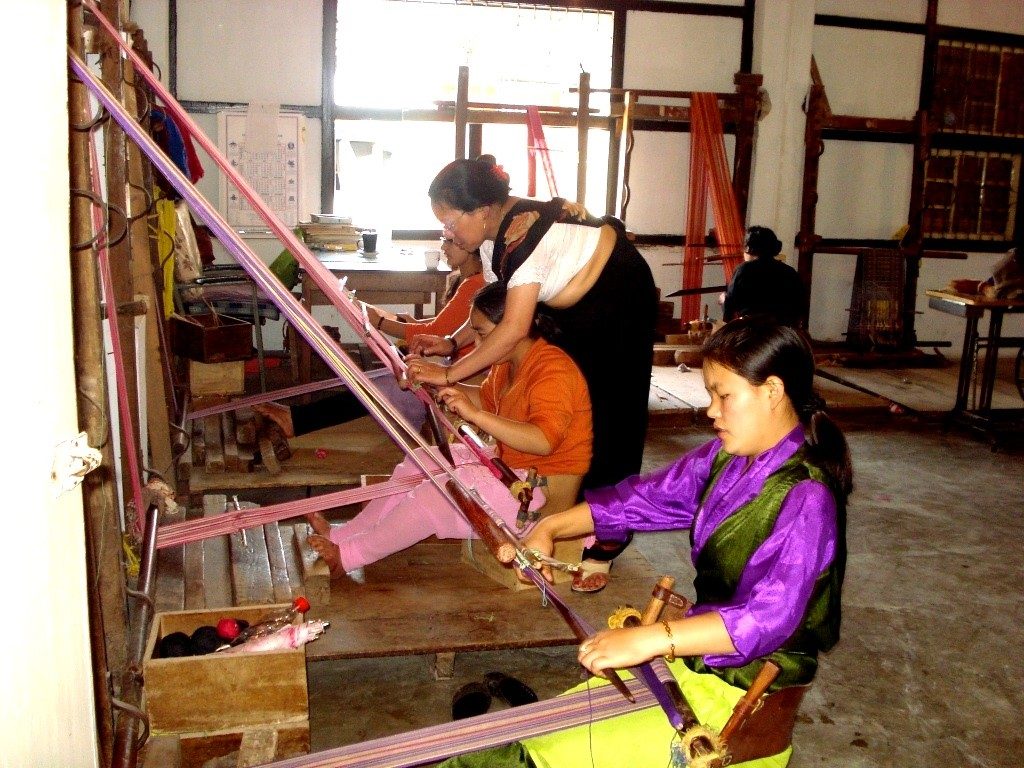
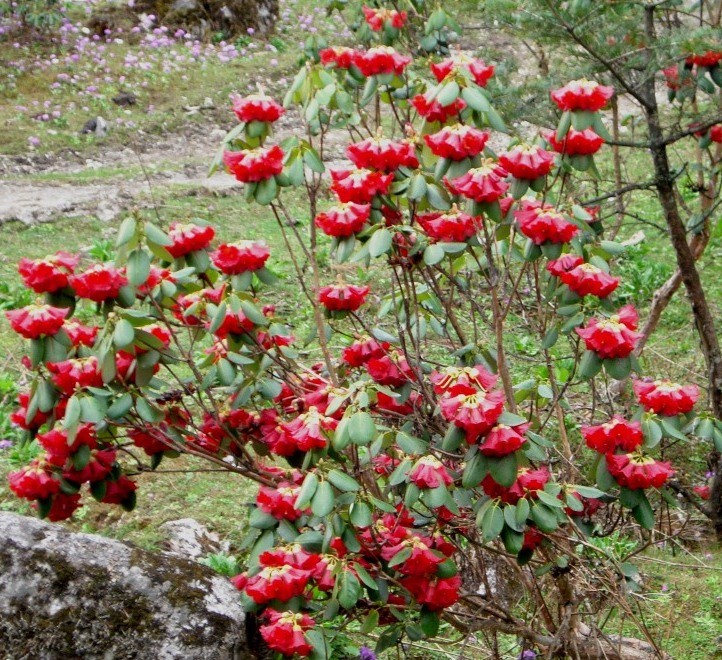
The location of Yumthang, a valley at 12,000ft, is ideal picture postcard scenery. Add to that a generous splurge of colorful rhododendrons and you are at Singhba Rhododendron Reserve. Each place in Sikkim could be the destination for a blissful ethereal holiday. I walked along the road deeply breathing in the crisp mountain air and the stillness. I lost my heart somewhere in these mountains.


